Product Details
Since 2001 ITM has installed structural strain based monitoring systems in the pulp & paper and energy generation industries. For these systems, our engineers and field service technicians turn structures into load cells. Load outputs from the structural load cells are monitored and published by a realtime controller to its local interface or network historians and HMIs.
System Benefits
- Accurate Balanced and Unbalance Load Measurements
- Real-time Continuous Load Monitoring
- Low Cost Compared to Load Cell Retrofit
- Eliminates Safety Risks due to Manual Measurements
Structural Load Monitoring with Strain Gauges
ITM provides its customers with a variety of structural load monitoring systems. Using strain-gauge based transducer technology, ITM can design and implement a real-time system to continually monitor load responses on components on a variety of structures. Strain gauge bases measurements are more accurate and typically less expensive than retrofitting load cell installations. The addition of a monitoring system can also reduce the risk of manual measurements including contamination of a product and, more importantly, injury to a worker.
These systems are customizable and scalable based on your needs and specifications. Periodic reports and alarms can be automatically programmed to inform the user of load status and suggested maintenance. Typical applications can include measuring ash filled up in hoppers inside a boiler, weight material collected in bins and silos and calculating liquid contained in tanks.
Our goal at ITM is to provide efficient solutions to address your company’s needs and to ensure the safety of your employees.
Example Applications
- Ash Hoppers
- Bulk Material Bins
- Coal Bunkers
- Concrete/Grain/Lime Silos
- Liquid Tanks
System Components
- Stainless steel NEMA4X enclosure
- Industrial real-time Compact RIO controller
- Industrial sensors
- Real Time data processing and analysis software
- DCS and/or PI System integration via industry standard interfaces
- Detailed Installation Instructions




